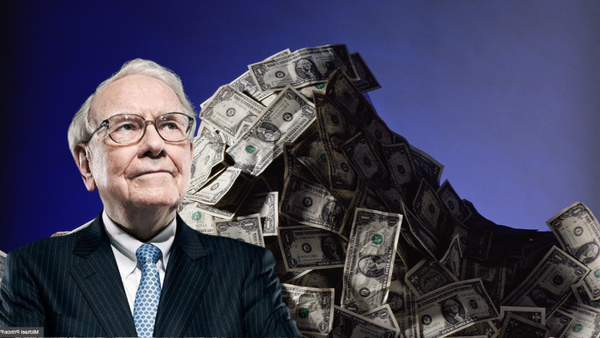The Investing Lessons from a Light-Guessing Game
How to Maximize Your Long-Term Rewards.

Retail investor net buying demand (both single name and ETFs) for the month of June on track to set a monthly record going back to early 2019. We have been modestly fading this move on both specific single names and lowering our overall net exposure. pic.twitter.com/MEx2XE6dAS
— Ricky Sandler (@rsandler21969) June 26, 2023
What is the signal-to-noise ratio of Retail buying demand? How successful is this as a trading signal? What if any alpha does it generate? And over what time frames?
Since June 26, 2023, the S&P 500 is up over 19% based on total returns.
From June 26, 2023, to July 31, 2023, the S&P 500 was up 6.13% on a total return basis before the market turned and bottomed out on October 27, 2023, with a -4.42% total return.
I didn’t save this tweet to dunk on it. I saved it because it reminded me of the light-guessing competition between humans and pigeons from Jason Zweig’s book Your Money & Your Brain.
There are two lights, a red one and a green one. The lights flash randomly but the green light flashes 80% of the time and the red one flashes 20% of the time.
If you guess correctly you get a reward.
Pigeons learn to guess green every time to maximize their rewards.
People figure it out too, but they can’t help themselves. On average, people guess the red light once every 5 guesses and this drops their accuracy down to 68%.
Light Guessing Game vs Stock Market
There are a lot of parallels between the stock market and the light guessing game.
The day-to-day, week-to-week, and month-to-month movements of the market are random. But when we start measuring in years a pattern emerges.

And the stock market is in a bull market 83% of the time.

But buying, holding, and buying more is boring.
Making a correct market call is exhilarating.
Especially, if you call a significant downturn correctly. Entire financial careers have been made by one correct market correction call. You’ll forever be known as the prophet or the person who predicted X and you’ll always have a home on the financial news channels during any market correction.
However, personal glory often comes at the expense of your portfolio.
I don't personally know Mr. Sandler but his hedge fund manages over $6 billion and has been in existence since 1999. This is a raging success in such a hyper-competitive industry. I’ll venture a guess that his long-term success was not built on guessing the short-term moves of the market but on the strength of his stock selection, fundamental research, and portfolio construction.
No matter who you are, a retail investor or a pro, the siren song of trying to time the market is very powerful.
Odysseus tied himself to the mast of his ship to prevent himself from succumbing to the Sirens’ song.
What are the equivalents we can do as investors?
Establish specific criteria for buying and selling based on fundamental analysis. You want to avoid the narrative-driven short-term movements of stocks and the stock market. It’s when we get caught up in the narrative that we tend to make an emotional investment decision. Having clear buy and sell decisions established before we act can help us reduce the influence our emotions have on our investment decisions.
Develop portfolio management rules like minimum and maximum position size rules. Trades are triggered to buy positions when they are underweight and to trim positions when they are overweight. Remove yourself from as much of the trade decision as possible.
Focus on quality investments with strong underlying fundamentals and enduring competitive advantages. High-quality companies tend to outperform over the long term with less volatility.
We want to stay informed of market developments and economic trends but we don’t want to be swayed by short-term market noise. We need to build systems that slow down our thinking process, help us avoid making impulsive decisions based on short-term market sentiment and will help us maximize our long-term rewards.




